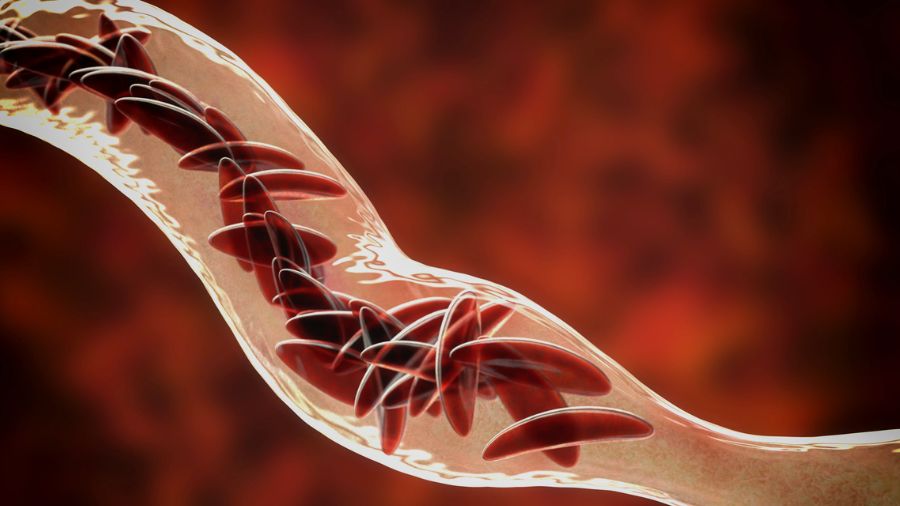Their findings, published online in Nature Biotechnology, detail how human pluripotent stem cells can be coaxed in 21 days to develop into pacemaker cells, which regulate heart beats with electrical impulses. These human pacemaker cells were tested in rat hearts and were shown to function as a biological pacemaker, by activating the electrical impulses that trigger the contraction of the heart.
Pluripotent stem cells have the potential to differentiate into more than 200 different cell types that make up every tissue and organ in the body.
Sinoatrial node pacemaker cells are the heart’s primary pacemaker, controlling the heartbeat throughout life. Defects in the pacemaker can lead to heart rhythm disorders that are commonly treated by implantation of electronic pacemaker devices. Learning how to generate pacemaker cells could help in understanding disorders in pacemaker cells, and provide a cell source for developing a biological pacemaker. Biological pacemakers represent a promising alternative to electronic pacemakers, overcoming such drawbacks as a lack of hormonal responsiveness and the inability to adapt to changes in heart size in pediatric patients.
The researchers used a developmental-biology approach to establish a specific protocol for generating the pacemaker cells.
“What we are doing is human biology in a petri dish,” says Dr. Gordon Keller, Director of the McEwen Centre, the senior author, and a trailblazer in generating a wide variety of specialized cells from human stem cells. “We are replicating nature’s way of making the pacemaker cell.”
Based on previous findings in animal models, the researchers at the McEwen Centre tested and mapped out the specific developmental pathway of how human pluripotent stem cells become pacemaker cells. This was achieved by testing different signaling molecules at different times throughout the 21 days to guide the cells towards their goal.
“It’s tricky,” says Dr. Stephanie Protze, a post-doctoral fellow in the laboratory of Dr. Keller and the first author in the Nature paper. “You have to determine the right signaling molecules, at the right concentration, at the right time to stimulate the stem cells.”
Adds Dr. Keller, “We understand the importance of precision in developmental biology in setting out the process by which organisms grow and develop. We use that same precision in the petri dish because we are replicating these same processes.”
The researchers noted that human clinical trials to test such biological pacemakers are from five to 10 years away, and that the next step is to launch safety and reliability pre-clinical trials on the pacemaker cells.
Meanwhile, researchers can use their new technology to make pacemaker cells from patients suffering from pacemaker dysfunction. They can then use these patient-specific cells to study the “disease in a (petri) dish” and to identify new drugs that will improve their pacemaker function.
Long term, the team hopes to develop a biological pacemaker to transplant into patients who need an electronic one. More than 10,000 electric pacemakers are implanted annually in Canada, with more than 120,000 patients living with them. They can last anywhere from five to 10 years or more – on the average about seven years. If successful, the biological pacemaker holds the promise of a lifelong cure.
This research is part of an international collaboration with Dr. Lior Gepstien from Technion Insitute of Technology and Dr. Peter Backx, Senior Scientist at the Peter Munk Cardiac Centre and Toronto General Research Institute, UHN. The partnership of UHN, Technion, the McEwen Centre for Regenerative Medicine and the Peter Munk Cardiac Centre, under the International Centre for Cardiovascular Innovation, is the largest scientific collaboration of its kind.




